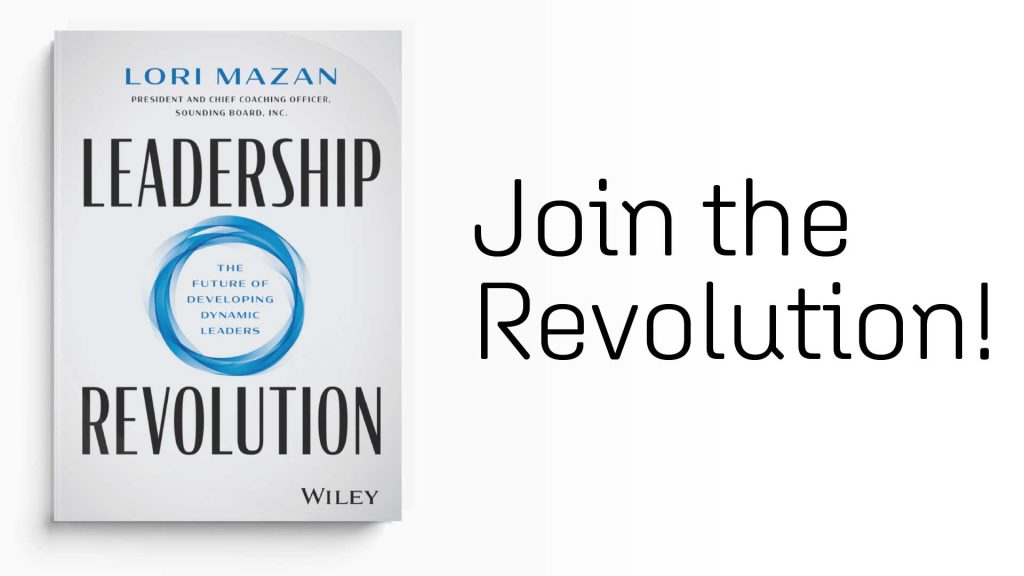Today’s business environment is volatile and can be marred by constant disruptions. It’s no lie that the work requirements are increasingly changing, especially in the wake of the pandemic. And technology is also playing a significant role in how businesses operate. Therefore, for organizations to stay alive and prosper in the face of today’s business adversities, they need to build the stamina to respond, recover, and have plans at hand, ready to counter any form of eventuality.
Like in the most current scenario, the COVID-19 pandemic has negatively affected many organizations, and that has brought the need and focus on how organizations can build and nurture resiliency. In this article, we will look at some ways that can help you build a resilient organizational culture at your workplace.
Let’s start by understanding what a resilient culture is, the characteristics, and the importance of having a resilient culture in an organization.
What Is a Resilient Organizational Culture?
Simply put, when an organization has a resilient culture, it means that it can certainly pull through and thrive even in the face of business disruption. A company with a resilient culture usually exhibits the following attributes:
- Plans for eventualities and stays on the lookout for both opportunities and threats.
- Capitalizes on the organization’s strengths while eradicating its weaknesses.
- Builds trust and embraces close relationships within the workforce.
- Upholds innovations and embraces technology to make them more agile and responsive.
- Guards against any business hitch and puts measures in place to help bounce back from the occurrence of an eventuality.
- They embrace effective teamwork amongst their staff and, above all, learn from experiences to perform better in the future and the long run.
Why Is a Resilient Culture Important to an Organization?
First and foremost, an organization having a resilient culture can sustain its competitive advantage for the longest time possible. Such an organization will stay competitive even in the face of adversities as a resilient culture enables organizations to anticipate and respond to any eventualities and business threats.
Again, when you have a resilient culture in your organization, it enables the executive to manifest able leadership to the organization’s employees and, most importantly, use the adversities and changes for their advancement and development. That allows the organization to respond and adapt quickly and effortlessly to any emerging changes or disruptions.
So, let’s look at some of the measures you can implement to build a resilient culture in your organization.
1. Empowering Employees
Without any doubt, employees faced a lot of distress and intense pressure during the pandemic, from juggling between the new working-at-home setup and homeschooling to the effects of lockdowns on their wellbeing. You should ensure that your employees feel valued by supporting and accommodating them during challenging and uncertain pandemic times. For instance, you could let them know they are the most important asset of the organization.
Additionally, you need to invest in your employees by training them on the new technologies, recognizing their efforts, supporting them, and having wellbeing measures at your workplace. HR should continuously learn about what’s working and what’s not working, and most importantly, act on the results in a constructive way. This influences the employees of the organization to embrace learning and applying the same whenever necessary.
Again, the entire organization should manage and express emotions in the most constructive manner. The HR and top management should be able to control disorderly and damaging emotions, understand, and show empathy to the rest of the employees.
2. Effective communication
The HR team should showcase active leadership in terms of communication, and the same applies to other leaders of the organization and employees. Lack of effective communication makes the employees uncooperative and disengaged. And that can make the company vulnerable amid business disruptions. One way the organization can leverage this is by committing to open communication from top management to the employees.
Transparent and open communication is a powerful tool in every organization, as through it, people get to engage in open conversations surrounding ethics and values that are most essential to the organization. The HR team also gets the opportunity to share any critical information with the employees in good time.
The bottom line is to encourage your leadership to have effective and transparent communication with the employees. It makes the employees free to share their ideas and feelings with top management to better the company. It’s best practice for HR to embrace transparent and effective communication to enable the organization to remain resilient amid adversities.
3. Dynamic and flexible approaches
The workplace requirements will keep evolving and changing over time in the wake of constant technology advancements and unexpected disruptive events like the Covid-19 pandemic. Therefore, to build a resilient organization, you need to redesign the organization’s working setups to meet and align with the changing needs. The organization’s workforce needs to encourage development and progress in terms of their working systems and processes.
You need to ensure that employees are not overwhelmed with their work, perhaps due to deadlines or overworking. Moreover, there need not be rigid processes or principles in the organization. For example, it shouldn’t take the organization too long when it comes to making decisions. In the case of new ideas or approaches, it should take the organization a short time to decide and implement the same if agreed upon.
Again, it would be best to allow employees to decide when and how to work as long as they perform well and meet expectations. For instance, you could enable flexible working environments that allow even remote working, especially during this post-Covid-19 period. That would increase the organization’s agility and capacity to adapt during any disruptions, hence resiliency.
Parting Shot
Building a resilient organization requires the company to have a resilient workforce. And having a resilient force might not be a one-time practice. It may require time and effort, most importantly from the organization’s leadership. The organization’s leadership is the one that will lead the line and drive the entire company in building a resilient culture.
Organizations need to invest in your leadership through sound and informed coaching. An executive that’s well-coached will be able to manifest the required knowledge to the employees for the ultimate resilient culture. You can contact us to learn more about business leadership coaching.











